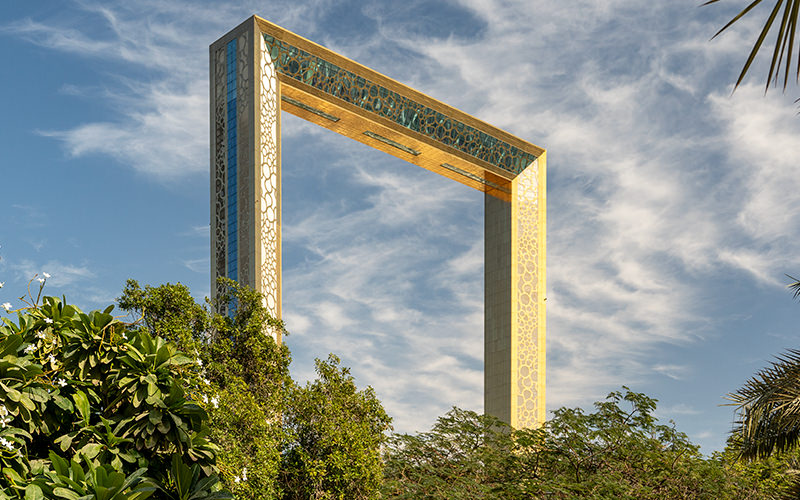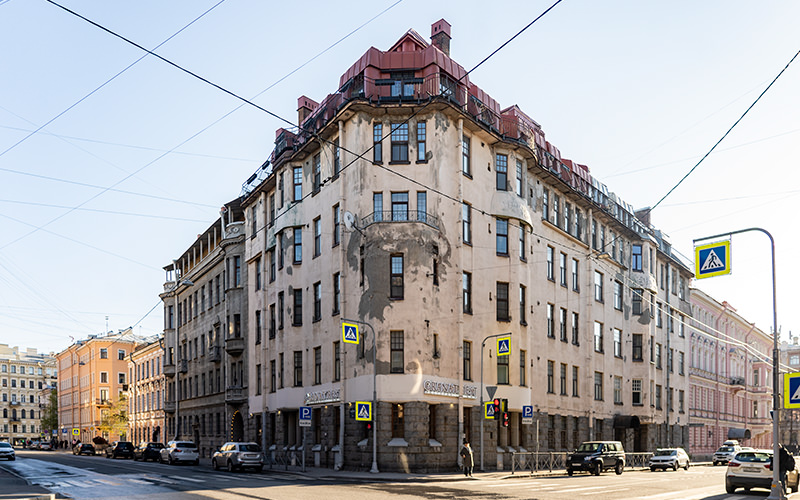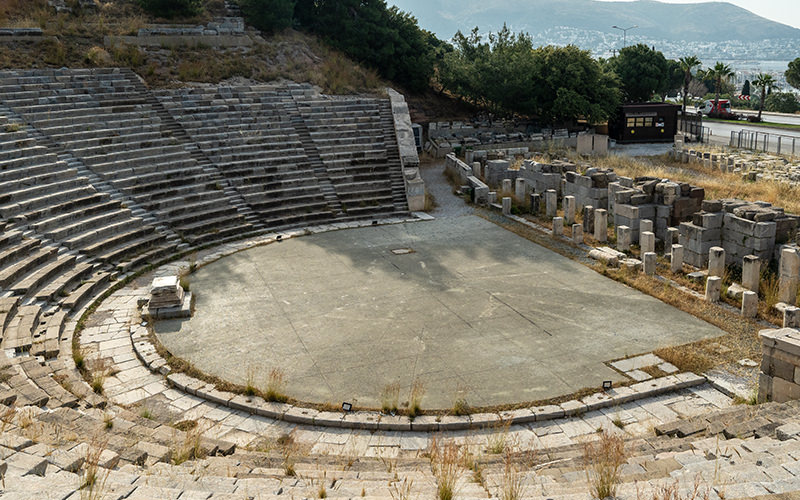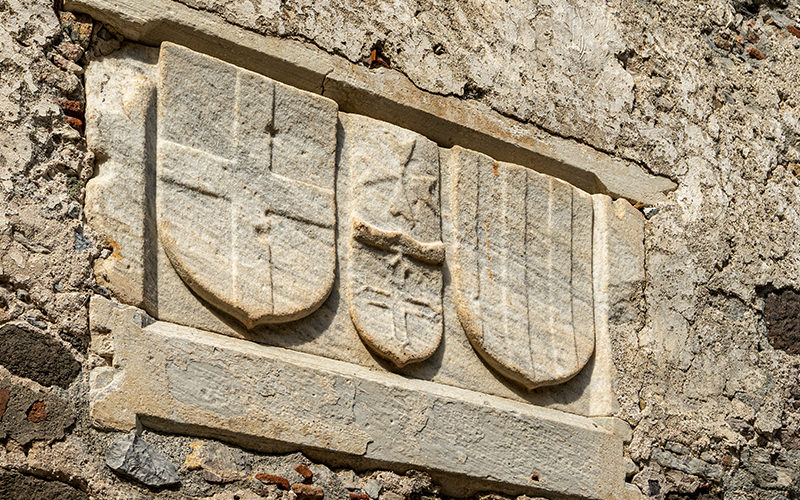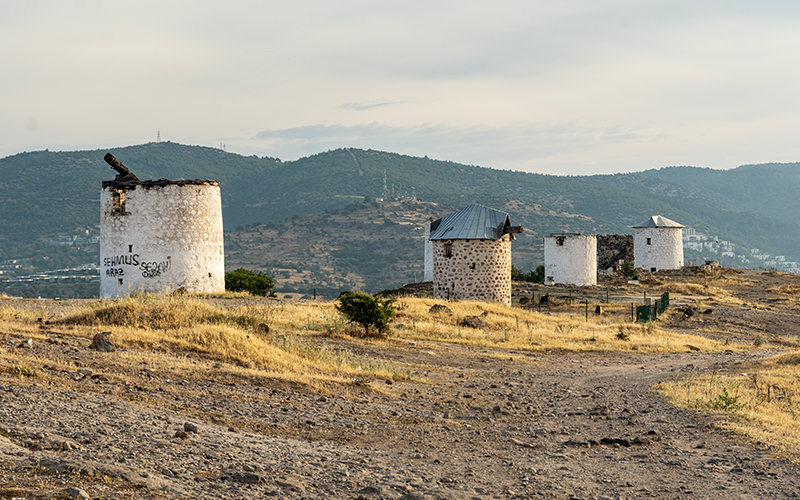The main purpose of my trip to the Turkish city of Bodrum in the south of the country was the Halicarnassus Mausoleum—an ancient architectural monument that was once included in the famous list of the Seven Wonders of the World. Today, we will take a look at its ruins and learn about the history of its construction.
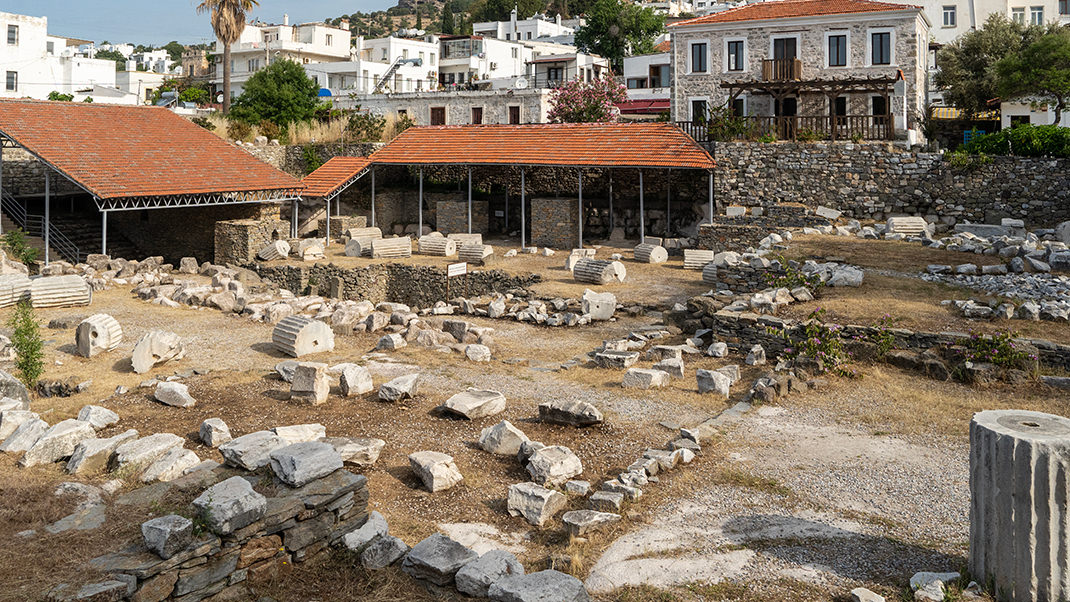
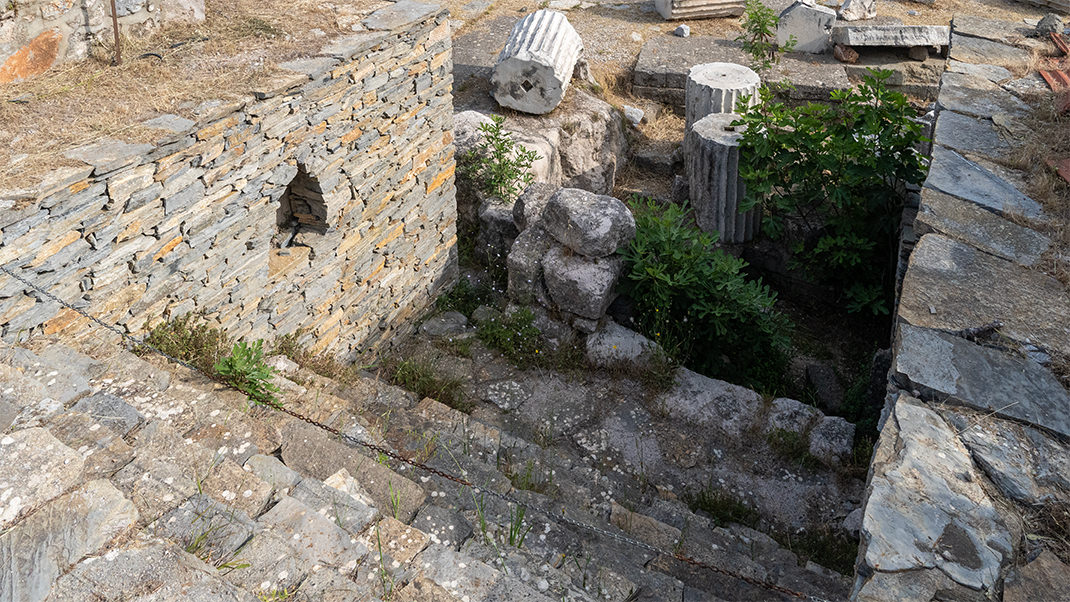
How to Get to The Mausoleum
Many of Bodrum's attractions are located in its central part, and the mausoleum is no exception. My walking route through the city was as follows: from the coast, I went to see the windmills, then visited the amphitheater, and after that, I headed to the mausoleum.
If you expect to see this ancient landmark in all its glory, I must disappoint you: today, only ruins remain of the mausoleum. However, I think this site will still be of interest to history enthusiasts.
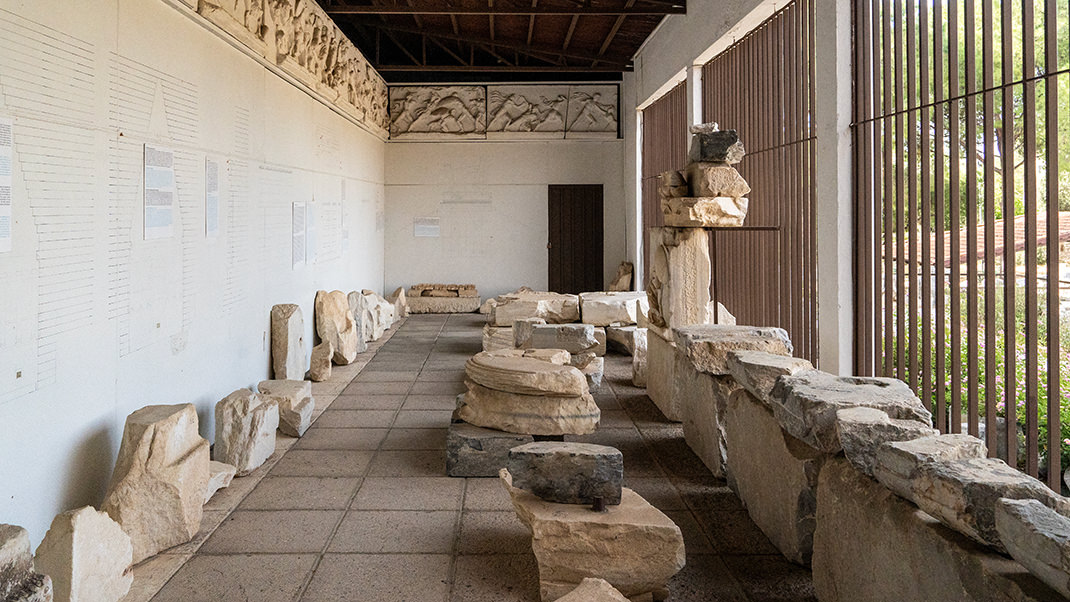
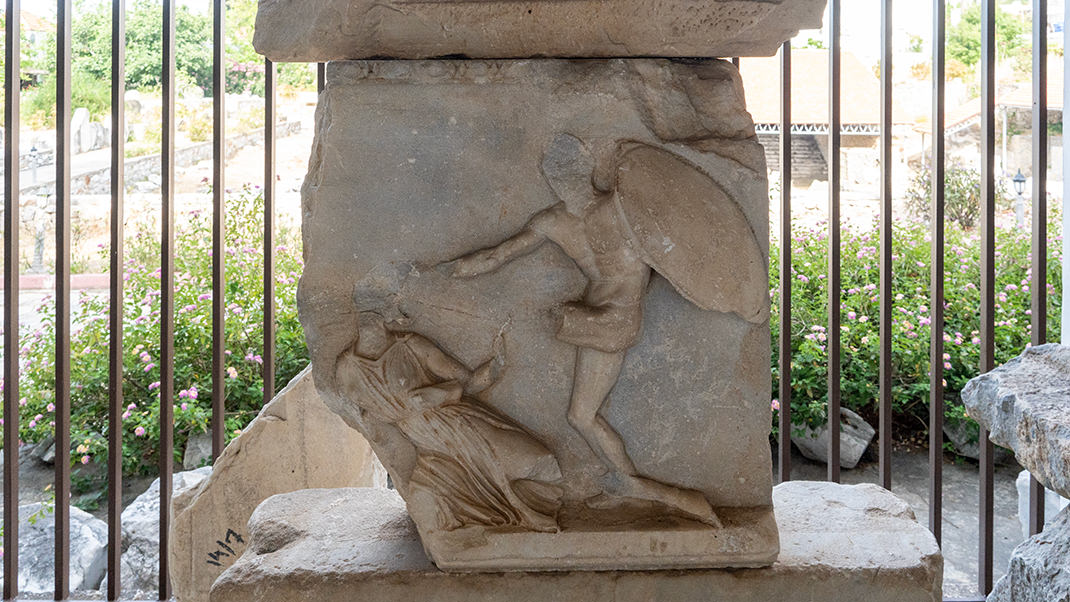
As of May 2023, the entrance fee to the ruins of this architectural monument was 50 lira. Now, according to the Ministry of Culture and Tourism website, the entrance fee is 70 lira.
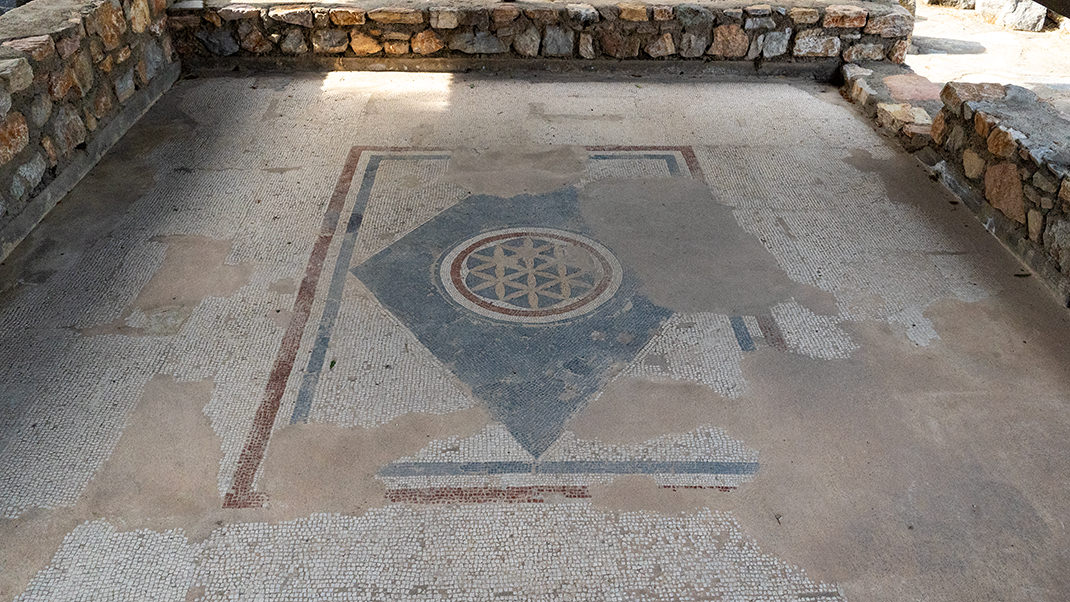
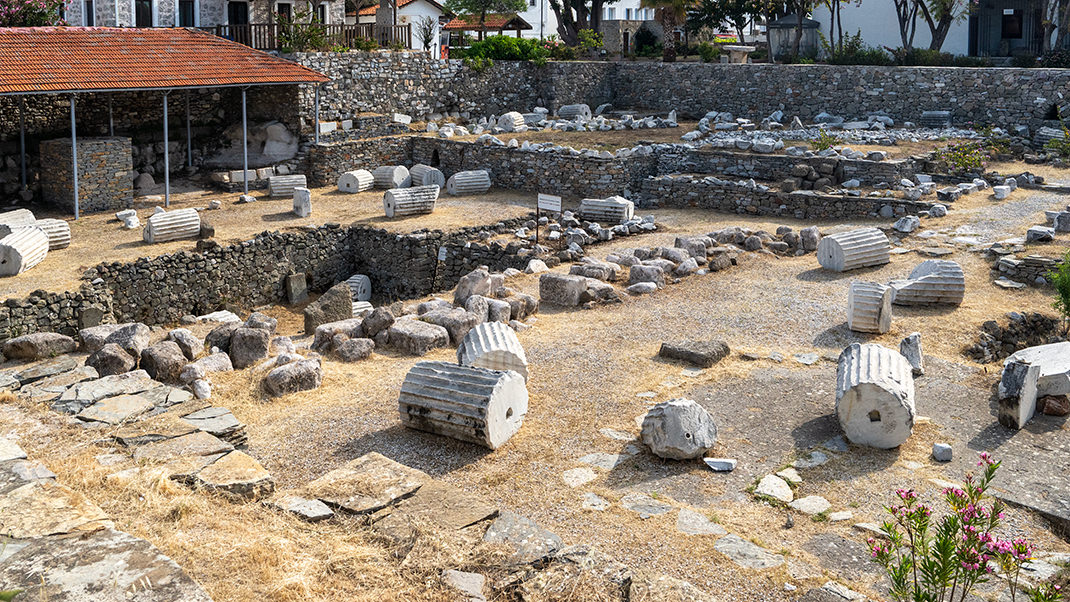
A Bit of History
The mausoleum is referred to as the Bodrum or Halicarnassus Mausoleum. Both names are interchangeable, as Bodrum was formerly known as Halicarnassus. The settlement flourished under the rule of Mausolus, who commissioned the large memorial complex we are visiting today.
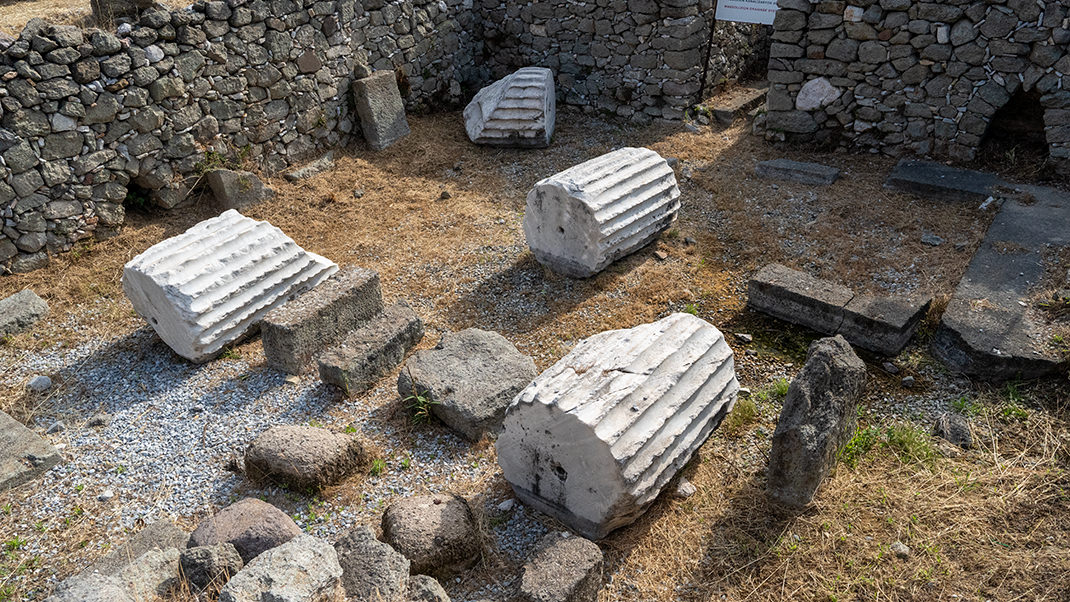
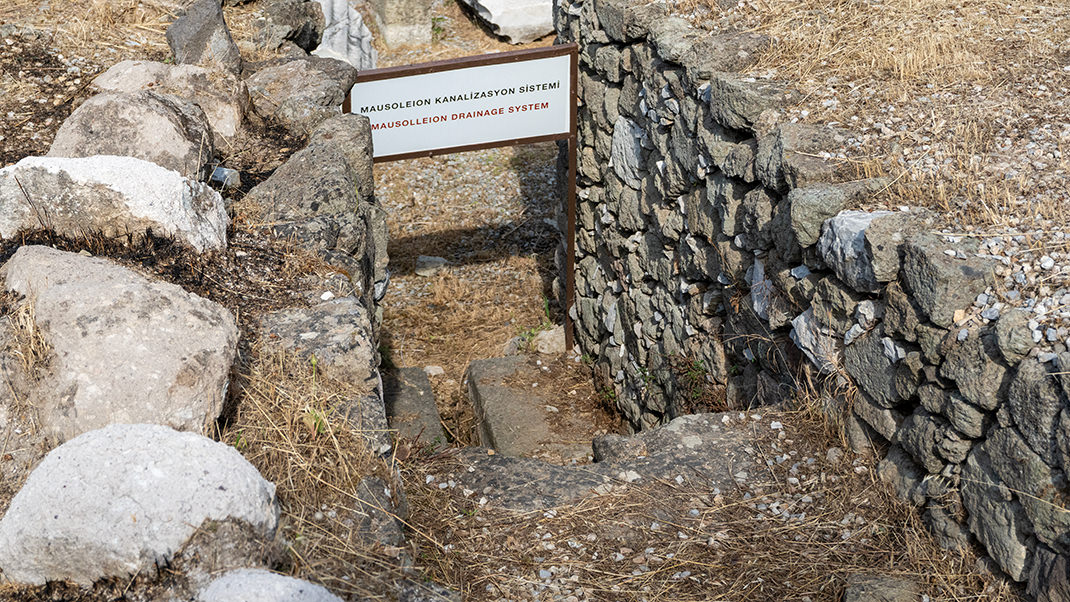
The enormous, richly decorated tomb was constructed between 355 and 350 BC. Work began during Mausolus' lifetime. The building consisted of several parts: a gallery with a colonnade stood on a high podium, topped with a roof featuring a quadriga and statues of Mausolus and his wife, who was also his sister. Her burial site was here, on the mausoleum grounds.
Many readers may have guessed that Mausolus and his mausoleum gave their name to many other memorial complexes. Today, similar tombs can be found in many countries around the world.
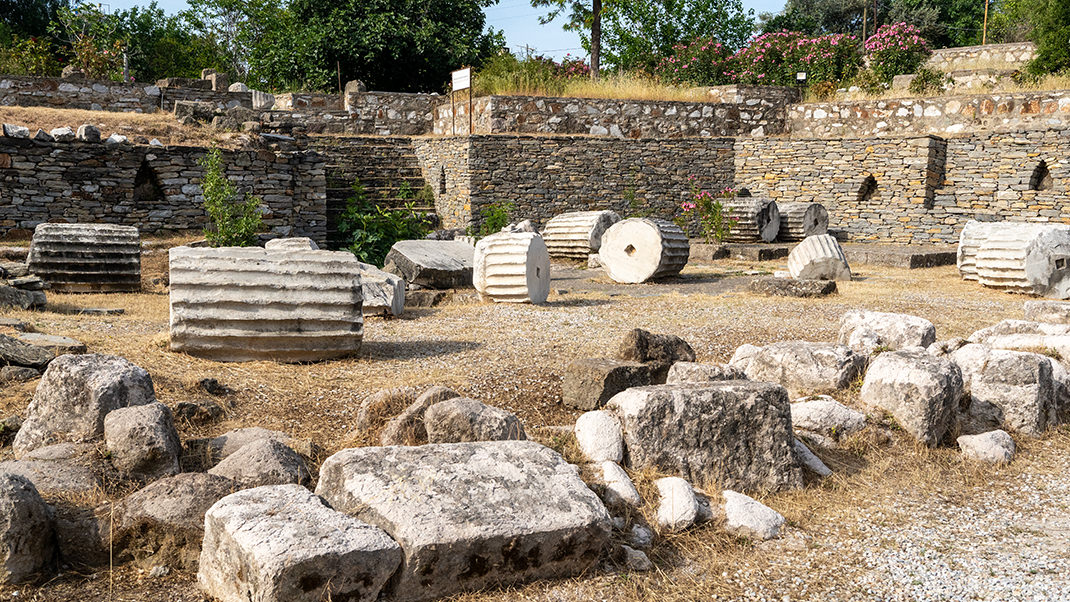
The Halicarnassus Mausoleum was destroyed during an earthquake. Sources state that later materials from the memorial complex were used in the construction of a fortress. This likely refers to the Castle of St. Peter, which I will cover in my upcoming articles.
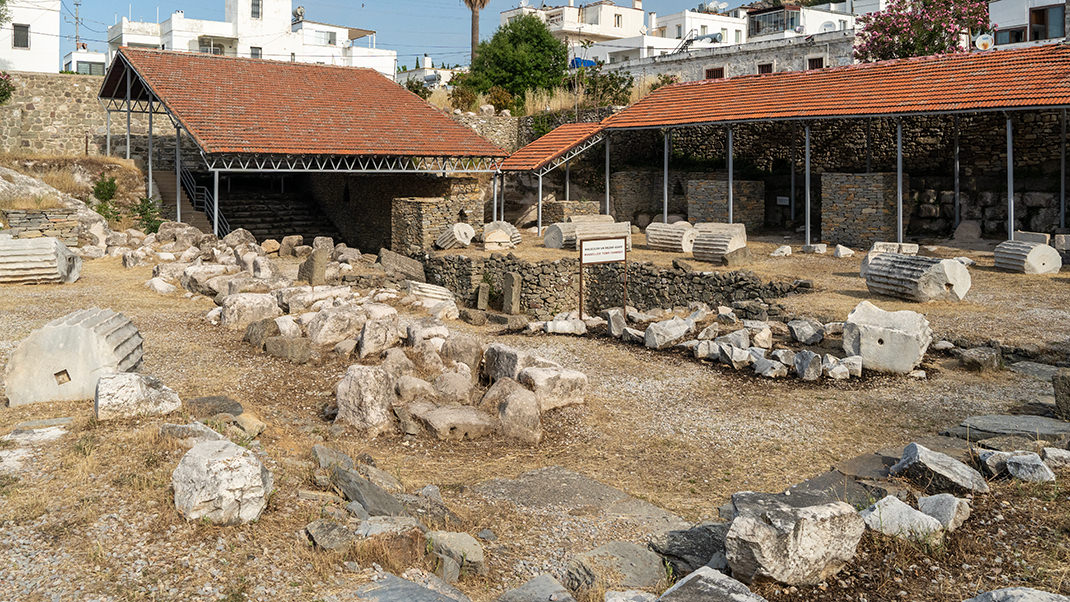
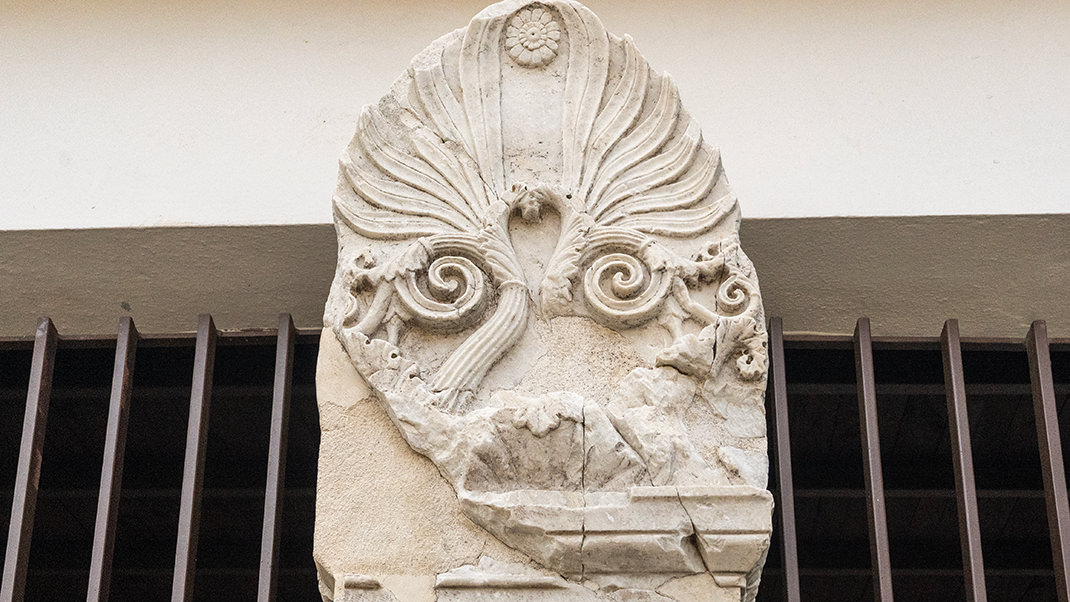
The territory of the modern museum is quite small, and it can be walked around in just a few minutes. However, the exhibition halls contain a great deal of information about this site. The texts are presented in both English and Turkish.
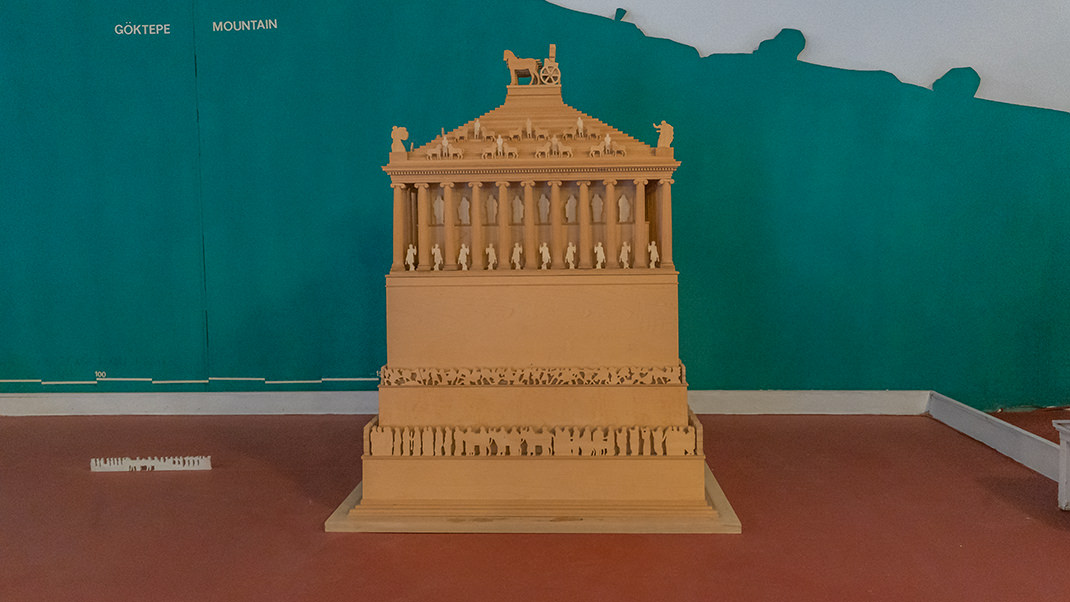
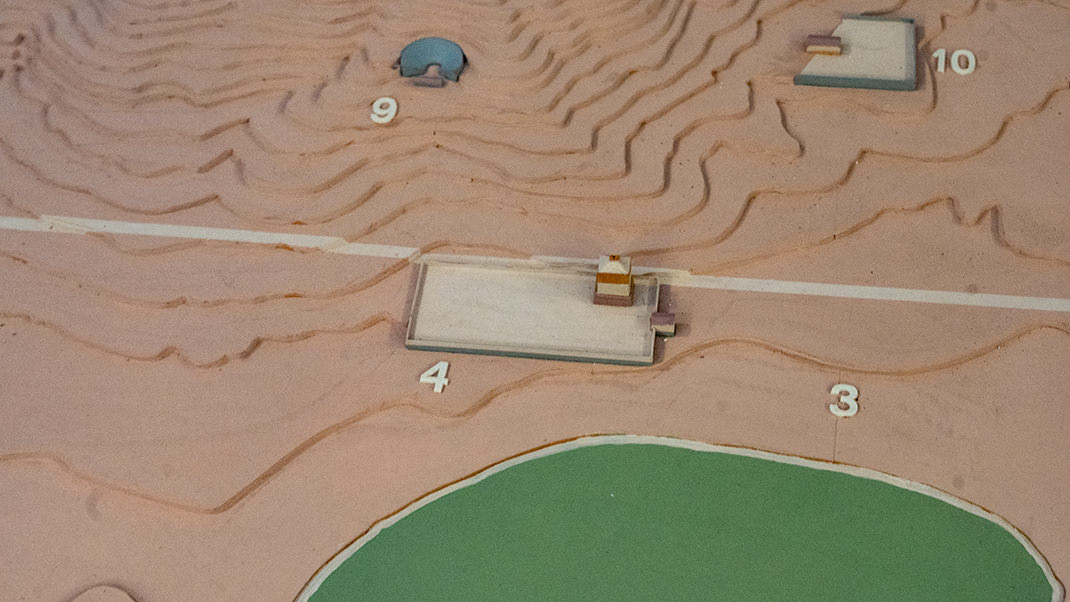
The next stop on my Bodrum route was the Bodrum Castle, also known as the Castle of St. Peter.
Have a nice trip!


